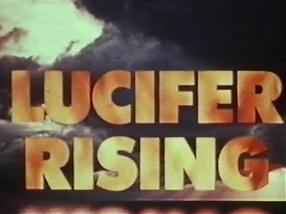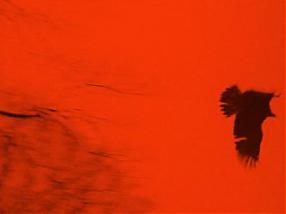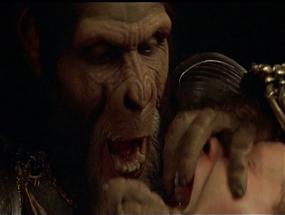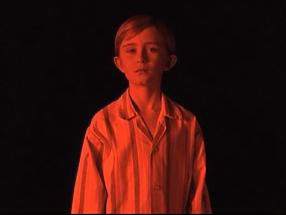“Our body can be unconditionally set in any kind of motion by the spirit.” Therefore, there is hope that the time will come when it will be only a matter of our spiritual forces, especially the power of our imagination, to “create the body we want” – as Novalis fantasised in 1798.
This dream, romantic to the core, but at the same time modern by origin, has never come true. Nevertheless – or for that very reason – it continues to arouse modern imagination to generate ever new visions of reshaping the bodily.
In his motion picture essay, Tomasz Kozak analyses the phantasm of the body created by imagination. The artist “re-writes” films by David Cronenberg; the most outstanding contemporary director to investigate the essence of biotechnological, libidinal and spiritual transformations, which the late-modern bodiliness is subject to.
The video project Flash of the New Flesh 1 pivots around the hermeneutic postulate of removing the veil. “Penetrate beyond the veil of the flesh! Dive into the plasma pool!” – calls Seth Brundle, protagonist of The Fly (1986) – one of the box office hits, but also one of the least esteemed films from the author of eXistenZ.
What hides beneath the bodily veil? It is a space where the modern man stands a chance of resuming contact with their primary Self. The renewal proves possible by means of the concept of “beautiful mindless orgy”, formulated by doctor Hobbes; demonic demiurge causing ecstatic “trembling” in Shivers (1975). In Cronenberg’s Shivers, the archaic ego speaks the “Language of Satyr”. That language is the discourse of ecstasy teleporting the protagonists beyond the borders of modernity – to the kingdom of archetypes – where the retinue of Satyrs, Sileni and Nymphs dances together with Hermes – the phallic god of rapture, and at the same time god of sober interpretation.
“Drink deep, or taste not the plasma spring!” – calls Seth Brundle. Is it possible to dive deep into the depths of mythological figures, sink to the very bottom and get hold of the hermeneutic treasure without losing consciousness? Tomasz Kozak attempts to answer this question by using his self-made technique of “hermeneutic scanning”. The “scanning” is as much an analytical as a poetic procedure. Its outcome should be not only a scientific examination, but also artistic reshaping of the criticised matter.
The screening of Flash of the New Flesh 1 is to be regarded as equivalent to a publication of preliminary empirical research carried out in the frame of the so-called Phantasmal Critique. Here, the interpretation tools constructed in the artist’s theoretical writings are put into practice upon an analysis of Cronenberg’s films. The analysis was conducted in order to gauge the extent to which Phantasmal Critique is able to incorporate and redefine such notions as Zoe and Bios, and the degree to which the categories of Counter-Art, Discursive Imagery, Creative Crisis and Sober Ecstasy come in handy in transgressive interpretation practice.
Flash Of The New Flesh 1 comes as the first part of a feature-length cycle of epic, cinematographic essays. In the following chapters of the planned production, Tomasz Kozak will outline his new Found Footage Theory. The artist will also present the results of scanning of the dynamics of sublimity, pathos and irony informing the “New Body”, featured by David Cronenberg in Videodrome (1982), The Brood (1979), Rabid (1976), Crimes of the Future (1970) and Stereo (1969).
In the context of Kozak’s earlier works, Flash of the New Flesh 1 can be viewed as another attempt at creating a hybrid artistic genre. The genre, labelled by the artist as Epic Emancipatory Essay (3E), merges texts, images and sounds taken from Found Footage.
3E is an essayistic form, as it is largely based on quotations and because it analyses particular types of discursive figures in reference to their general, interdisciplinary contexts. At the same time, it is an epic form, since it provides frames for the transformation of a single figure of discourse (topos, motif, metaphor, etc.) into a “protagonist”, while the general context of the genre becomes the “mythological” horizon – the background for the “adventures” of the “protagonist”. Given this perspective, the entire story (lecture interlaced with the course of action) adopts the form of a narrative-analytical “fresco”, which manifests the dialectical transitions of the epoch (late modernity). Finally, 3E is an emancipatory genre because its main task can be defined as an attempt at establishing the conditions of the possibility of liberating the analysed figures from the fossilised interpretation structures controlled by the Spirit of Decorum.
(Description courtesy lokal_30)
Year: 2011
Duration: 63'42''
Language: English (polish subtitles)
Source: HD video
© Tomasz Kozak. Courtesy lokal_30
Acquisition: deposit
Ownership form: deposit








